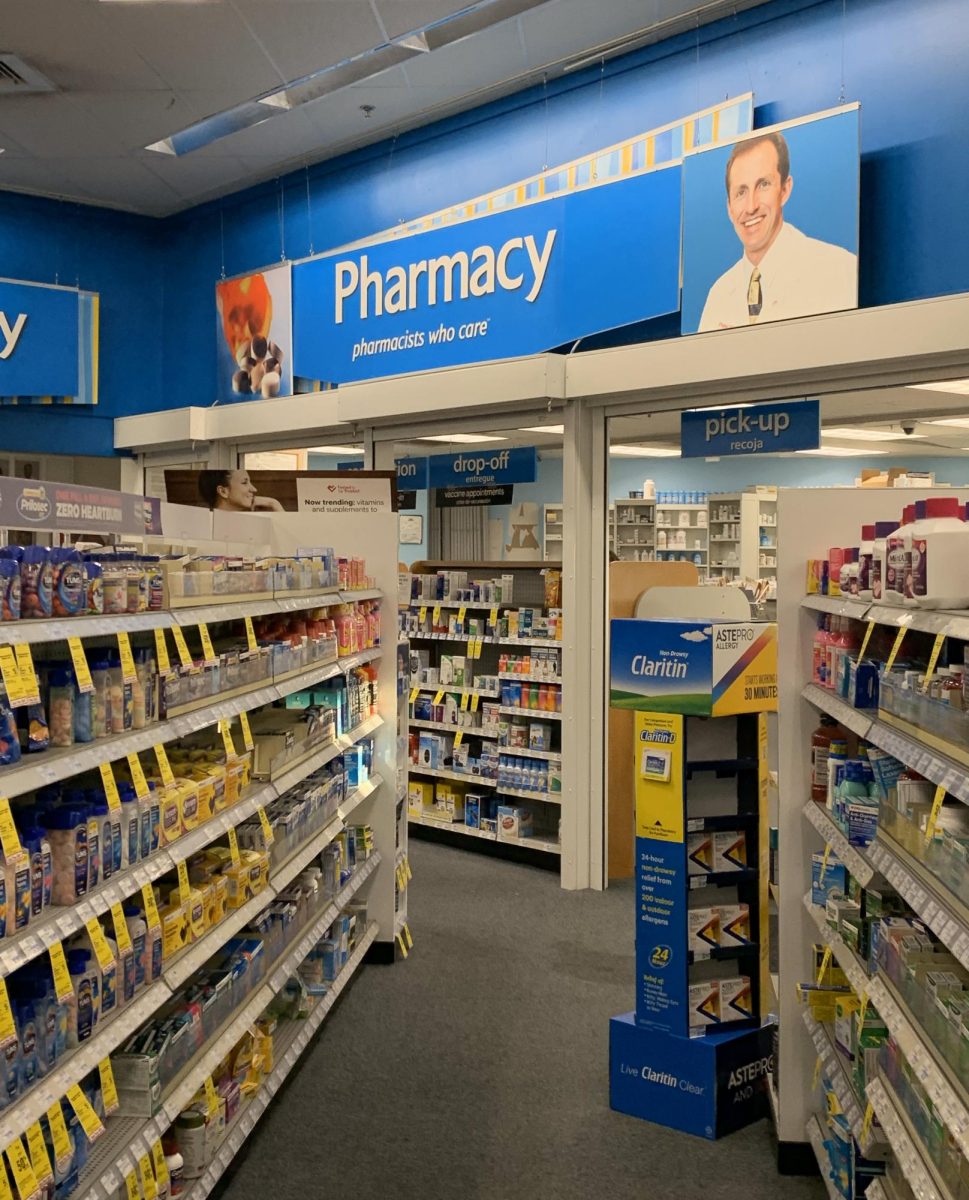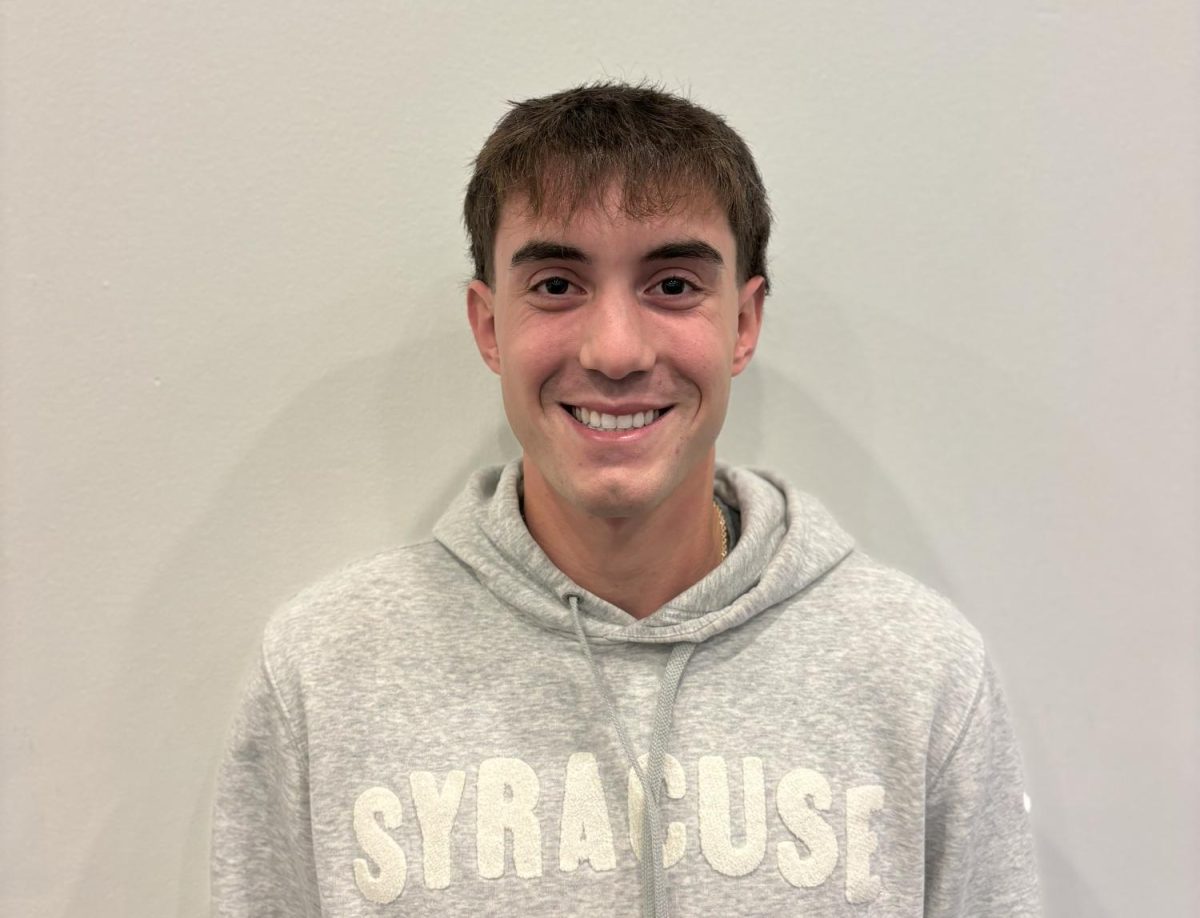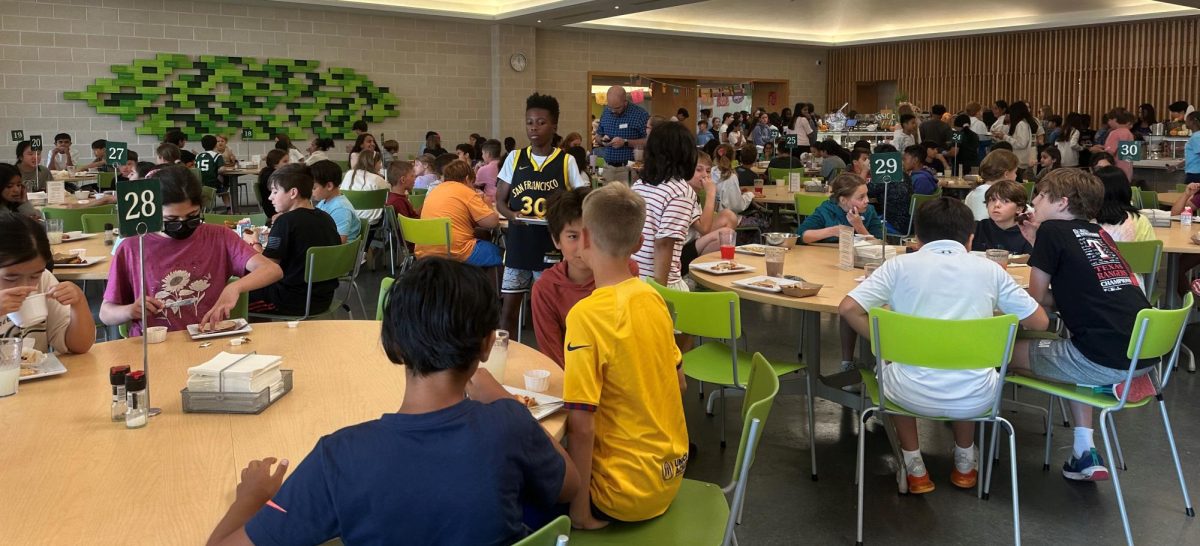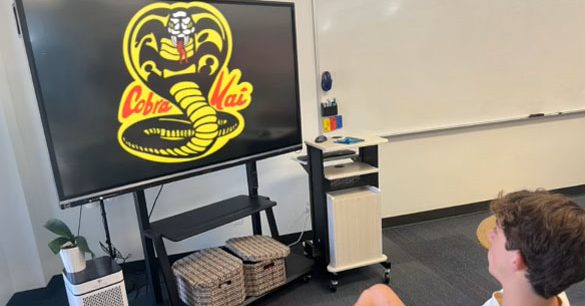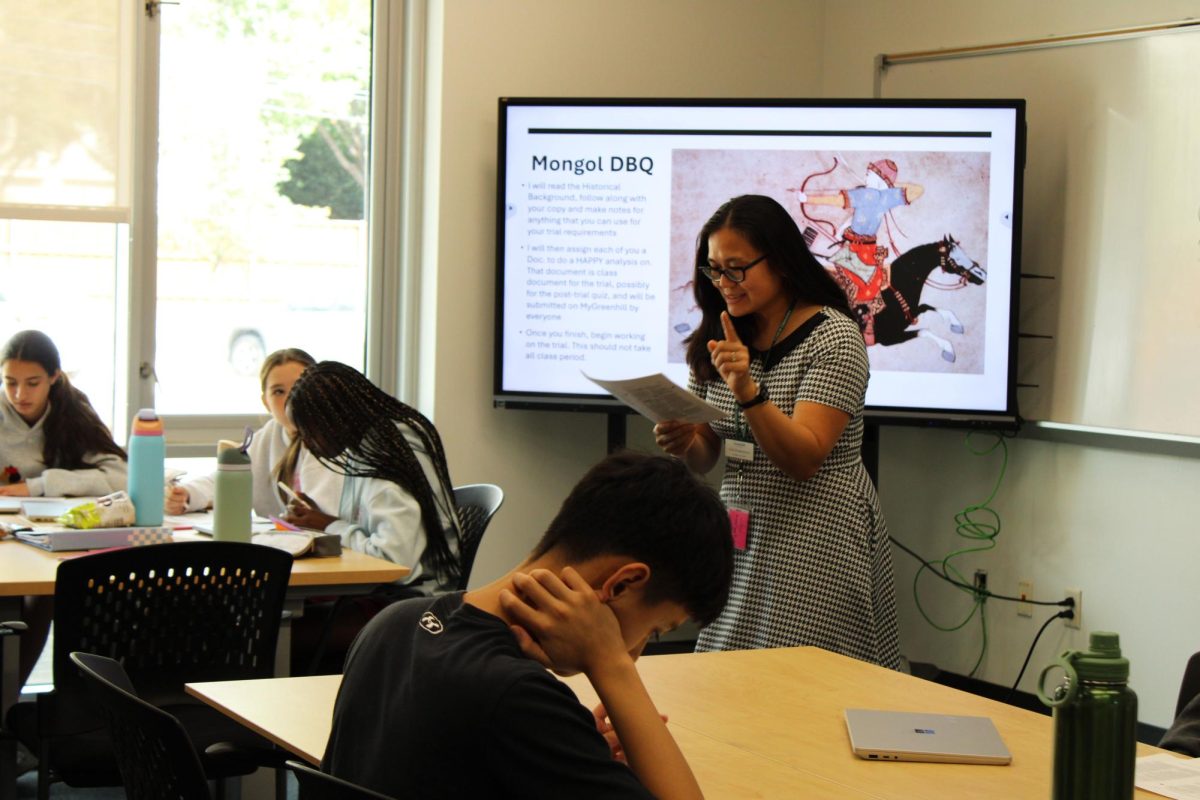Attention Deficit Hyperactivity Disorder has defined my school life ever since I was diagnosed with it in second grade.
When I was younger, it wasn’t really something that I constantly thought about; I didn’t feel much different. After all, almost no seven-year-old can sit still in a chair or remember to raise their hand.
When I came to Greenhill in fifth grade, though, the differences between me and my neurotypical peers became much more apparent. On days when I had quizzes or tests, it was ensured that I would be late for lunch, snack, and class due to the fact that my time and a half was not built into class time.
ADHD is not uncommon. Around 6 million children ages three to 17 years old have been diagnosed with it, according to the Centers for Disease Control. Still, I often feel judged and misunderstood for my learning disability.
Many students have even told me that I have an “unfair advantage” because I get extra time on assessments. This is far from the truth, as my brain has a different chemical makeup than theirs.
Typically, roughly 60 percent of minors with ADHD take medication to alleviate their symptoms, according to the CDC.
This school year has been different because there is currently a nationwide shortage of ADHD medication. For Adderall, which is one of the most common drugs, this scarcity has prevailed for about a year; however, in the past few months, this shortage has increased.
At this point, there has been some sort of shortage of almost every amphetamine and methylphenidate stimulant. Both medications share a common goal to alleviate the symptoms of ADHD. However, they just function differently.
According to Upper School Learning Specialist Grace Kiang, many students have waited weeks, even months, to get their prescriptions filled with others calling numerous pharmacies to receive proper medication. Few have even driven to pharmacies hours out of the metroplex.
For many of us who have not been lucky with finding medication, it is now even more difficult to focus as well as control impulses, emotions and hyperactivity.
It takes much longer for me to do homework, write essays and complete projects. The pressure to get good grades feels even more intense, and focusing on classes is now the ultimate challenge.
In my six years here, Greenhill has done a sufficient job of accommodating my needs, and I am extremely grateful for that, but in this rough time, I often find myself feeling as though more could be done to support us students with ADHD.
Numerous studies have shown that students with ADHD perform better in school when they receive positive affirmation. Especially now, a little goes a long way. It doesn’t take much time and effort to give small reminders to students in class if it looks like they are distracted. Nor does it take much time to check in on students who can’t get their medication.
According to the National Institutes of Health, students with ADHD are also more likely to be bullied due to a lack of impulse and emotional control. Without medication, these behaviors are exacerbated.
I believe that the school should make more of an effort to educate neurotypical students on ADHD and other neurodivergences. This goes for all age groups.
Greenhill has good measures in place to support students with ADHD, but ultimately I think it would be much more productive to be preventative instead of helping students after they get a bad grade or after they feel as though their condition has been misperceived.

